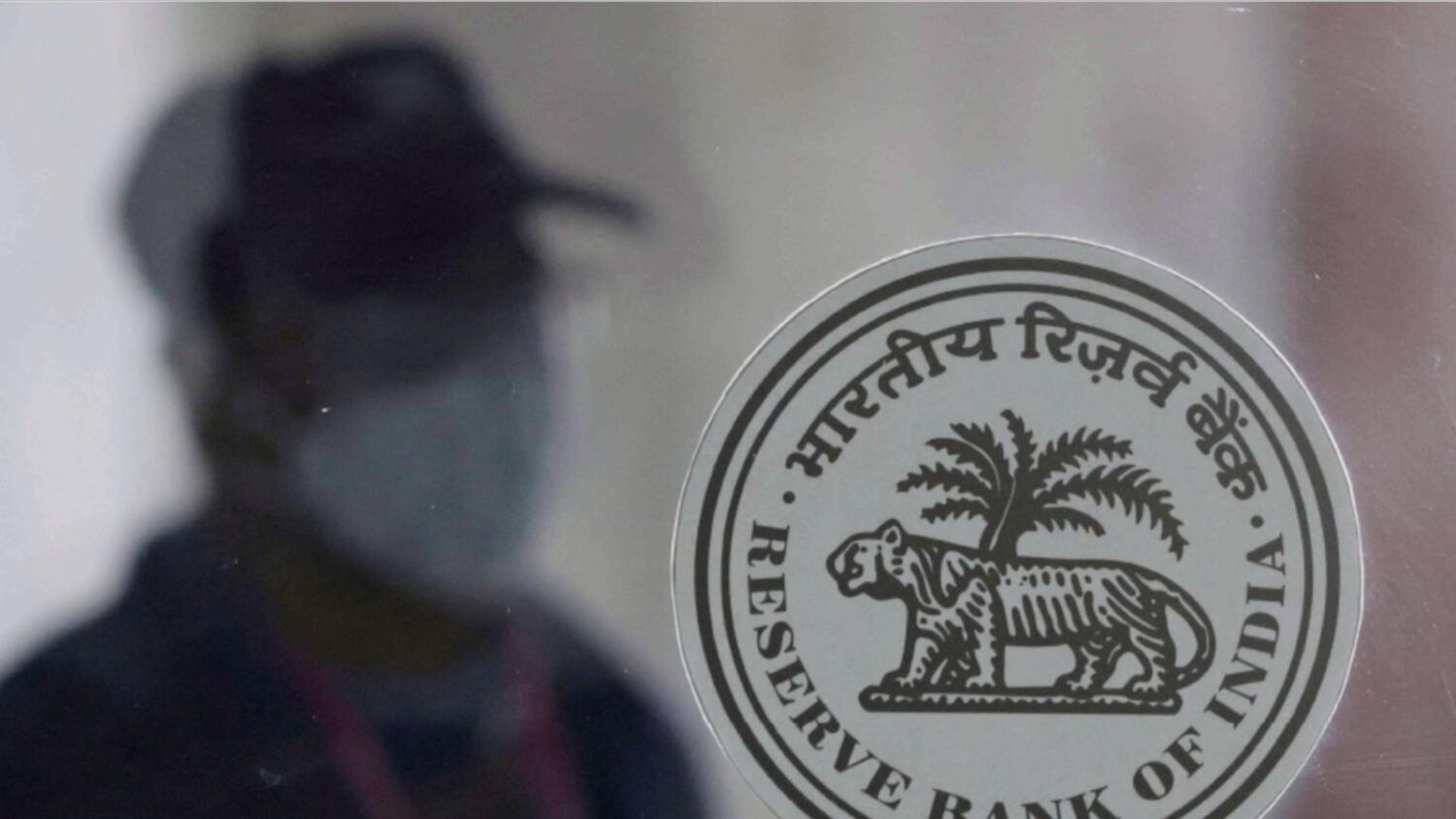UAE: Can Indian expats get PAN, Aadhaar cards while in the Emirates?
An expert explains the process in detail and what can and cannot be done online, and which procedures require NRI’s to travel to India
If you are an Indian living in the UAE, you may be wondering whether or not you can apply for a PAN Card from the Emirates, or if you can apply for a new Aadhaar card or update your old Aadhaar card while still living overseas.
Deepak Bansal, from AskPankaj Tax Advisors, UAE, explains the process in detail and what can and cannot be done online.
Can you apply for PAN Card from the UAE? What is the process for PAN card application?
Yes, foreign citizens and non-resident Indians (NRI) have the option to apply for an amendment, or a new Permanent Account Number (PAN), from outside India. The application can be made online at https://www.protean-tinpan.com
The applicant needs to fill in an online form (Form 49AA from the above website) with their personal details, including a valid phone number and email id along with proof of identity and address such as passport, OCI card or PIO card. For such documents, no further attestation of these documents is required.
However, if an applicant is submitting foreign citizenship card or tax identification number, it should be duly ‘apostilled’ or certified by Indian embassy or by an authorised officer of an Indian bank having a branch abroad.
The applicant has an option to mention their overseas address for the delivery of PAN Card by paying the additional cost of international postage/delivery.
If the applicant holds an Aadhaar card or an India-issued digital signature, the form can be submitted online in a paperless manner. Alternatively, the applicant has an option to send the signed form through post/courier to the tax authorities in India.
Can you apply for an Aadhaar card from the UAE?
NRI expats in Dubai can also begin the process to apply for Aadhaar card online, but they would have to travel to India for the appointment. The card will only be issued after this.
What is the process for applying for a new Aadhar card?
The Aadhaar card is similar to the Emirates ID used in the UAE. As the Aadhaar card contains biometric details, it needs to be applied for by physically visiting a government facility (Aadhaar centre) in India.
It is important to note that earlier only local residents (people who stay for at least 180 days in India) were eligible to apply for Aadhaar. However, since September 2019, NRIs are also allowed to apply for Aadhaar card upon their arrival in India. NRIs should note that they can pre-book an appointment at the Aadhar centre in advance even before travelling. Further, if their passport does not have a valid Indian address, NRIs will need to submit other prescribed documents.
To initiate the process to apply for Aadhaar cards online, one needs to set up the appointment for a convenient date using the official UIDAI website.
What does one do for Aadhaar amendment?
A person can update his/her address online. However, for any other details such as name, date of birth, mobile number, email etc, or the biometrics details, the Aadhaar holder will need to physically visit an Aadhaar centre.
Source:https://www.khaleejtimes.com/uae/uae-can-indian-expats-get-pan-aadhaar-cards-while-in-the-emirates
What is the cost-plus method to assess the transfer price
The cost-plus method is a very traditional method and easy to understand. Generally, this method is applicable where it involves the transfer of semi-finished products to the related party, where joint facility agreements have been concluded, or where the controlled transaction is the provision of services
There are three traditional transaction methods to ascertain the transfer price, two of which we have already discussed in detail. The cost-plus method is the third one that we have covered in this article.
As the name suggests, the transfer price under the cost-plus method is the cost plus a comparable markup based on the functions performed and risk involved, and the same has been defined in the transfer pricing guidelines issued by the Organisation for Economic Cooperation and Development (OECD) as follows:
“A transfer pricing method using the costs incurred by the supplier of property (or services) in a controlled transaction. An appropriate cost plus markup is added to this cost, to make an appropriate profit in light of the functions performed (taking into account assets used and risks assumed) and the market conditions. What is arrived at after adding the cost plus mark up to the above costs may be regarded as an arm’s length price of the original controlled transaction”.
Under this method, the actual cost involved in the controlled transaction is calculated. The cost can be direct and indirect costs related to the transaction. Direct cost is the cost that is incurred specifically for producing a product or rendering service, such as the cost of raw materials, and this cost can be directly traced to the related product and service. While indirect cost is a common cost like the costs of a repair department that services equipment used to produce different products, and this cost is allocated to the respective product and service by applying various methods like high low method.
An appropriate markup is added to the above-calculated cost based on the functions performed, risk involved, and market conditions involved. A comparable markup should be added to the comparable cost basis. Like, if one supplier conducts business with the leased assets, its cost base would be different from the supplier who conducts its business through the owned assets, and this factor should be considered while adding the mark up.
The cost plus markup of the supplier in the controlled transaction should be compared with the cost plus markup of the same supplier in the uncontrolled transactions (internal comparable). This means the cost plus markup earned by the supplier from the related party should be compared with the cost plus markup earned from any unrelated party. If there are any differences, an adjustment should be made.
In addition, the cost plus markup that would have been earned in comparable transactions by an independent enterprise may serve as a guide (external comparable). External comparable is the cost plus markup that have been or would have been earned by the external supplier who is in the same business-like an internal supplier and selling the same goods and services under the same terms and conditions to any third party.
While comparing with cost plus markup of the uncontrolled transaction, if there are no differences, then the existing cost plus mark up should be considered an arm’s length price. However, if the material differences have been identified, then a reasonable adjustment should be made to eliminate the material effects of such differences. So, we can say that “transfer price under the cost-plus method = external/Internal comparable + adjustment (if any)”.
We should not ignore the level and type of expenses – operating expenses and non-operating expenses. If there are higher expenses due to more assets and risk involved, then an adjustment should be made. If more expenses are due to additional functions that bring efficiency, then compensation should be given. If due to the inefficiencies, there are higher expenses like supervisory, general, administrative expenses etc., then no adjustment should be made to the margin.
While calculating the cost, we should not ignore the accounting consistency. If the accounting treatment in a controlled transaction is different from the accounting treatment in an uncontrolled transaction, appropriate adjustments should be made to the data used to ensure that the same type of costs is used in each case to ensure consistency.
The cost-plus method is a very traditional method and easy to understand. Generally, this method is applicable where it involves the transfer of semi-finished products to the related party, where joint facility agreements have been concluded, or where the controlled transaction is the provision of services.
The biggest challenge in this method is to get the mark up from the other party, which is not easily available. Moreover, keeping in view the functions performed and the risk involved, the adjustment on account of transactional differences would not be an easy job.
Source:https://www.khaleejtimes.com/finance/what-is-the-cost-plus-method-to-assess-the-transfer-price
India overtakes UK, becomes world’s fifth largest economy
IMF forecast suggests India will overtake the UK in dollar terms on an annual basis this year
India surpassed the UK to become the fifth largest economy in the world, according to reports on Friday.
Indian media quoted Bloomberg in reports, saying the country overtook the UK in the final three months of 2021 to become the fifth-biggest economy, just behind the US, China, Japan and Germany.
“On an adjusted basis and using the dollar exchange rate on the last day of the relevant quarter, the size of the Indian economy in nominal cash terms in the quarter through March was $854.7 billion while the UK economy was $816 billion,” The Hindustan Times reported.
While the UK is facing an inflation that would further affect the country’s economy, the forecast for India is a growth by more than 7 per cent this year. The calculations were done using the IMF database and historic exchange rates on the Bloomberg terminal.
GCC could fast-track its sustainability goals with data driven ESG reporting
A systematic data-driven framework can help organizations in the GCC to reduce waste
Sustainability reporting can enable organizations in the middle east to reduce risk across their supply chains by improving their decision-making processes. Protiviti Member Firm for the Middle East Region has emphasized on the importance of data driven environmental, social, and governance (ESG) reporting to fast-track the region’s sustainability goals. The leading consulting firm in the region stated that a systematic data-driven framework will be equipped to help organizations in the GCC to reduce waste and also yield significant cost savings in the near future.
Furthermore, the two major global meetings, namely United Nations Climate Change Conference 2022 (COP27) in Egypt and COP28 in UAE, will place environment, social, and governance challenges high on the region’s agenda.
“Countries in the GCC currently have either implemented or are in the process of transitioning towards improved sustainability disclosure. Sustainability presents multi-dimensional and complex challenges, with varying levels of understanding across industries and organizations,” says Arindam De, Deputy CEO and Managing Director, Protiviti Member Firm for the Middle East Region.
“At Protiviti, we work closely with the industry stakeholders to effectively evaluate what ESG means for an organization, helping build, implement, execute, monitor, and report on ESG objectives that will evolve and grow with the organization. We help organizations in the GCC to understand the bigger picture, and to clearly identify where they can make a larger impact on society and the environment while maximizing performance”.
ESG reporting is garnering growing attention today, particularly among the decision makers within the public and private sectors seeking to understand and possibly comply with specific requirements in their country or their industry.
“However, when it comes to ESG reporting, there are several questions that need solid responses. Questions such as who is specifically required to issue these ESG reports or who is issuing them voluntarily and more importantly, what do organizations need in order to issue them in terms of data and operational processes are some of the prominent ones that need immediate attention,” says De.
A well-defined structure of sustainability reporting can enable organizations in GCC to measure and monitor performance against established economic, environmental, social, and governance goals. Furthermore, transparency leads to improved decision-making, more effective communication with external stakeholders, and enhanced ESG health of an organization.
“ESG reporting is not a marketing campaign but as important as the mandatory financial reporting with proper accountability. It has to be completely data-driven, only then can organizations evaluate, monitor, and achieve the progress made towards their sustainability goals. It is also important for the organisation’s internal stakeholders to comprehend the importance of ESG reporting and only then can an organization as a consolidated unit – move forward,” adds De.
“At a recent webinar conducted by Protiviti earlier this year, out of 300 plus global attendees, we observed that close to 44% of them have not started deploying a framework to capture data through IoT (Internet-of-Things), 37% of the respondents were not aware of an ESG report being published by their organization, only 36% have the primary responsibility of ESG reporting and assigned to an ESG Committee and 34% respondents stated that they are planning to increase budget in all areas of ESG. So, there is a lot of ground that organizations across the Middle East region and globally need to cover to reach closer to their sustainability goals,” explains De.
“Sustainability continues to evolve as companies recognize the value of supporting ESG issues to survive in the marketplace. Sustainability defines an organization, setting it apart from its competitors while impacting the whole organization in varying ways and intensities. However, while many companies are aware they must act, they find it difficult to strategically tackle the issue,” De says.
Source:https://gulfnews.com/business/corporate-news/gcc-could-fast-track-its-sustainability-goals-with-data-driven-esg-reporting-1.1661847047039



